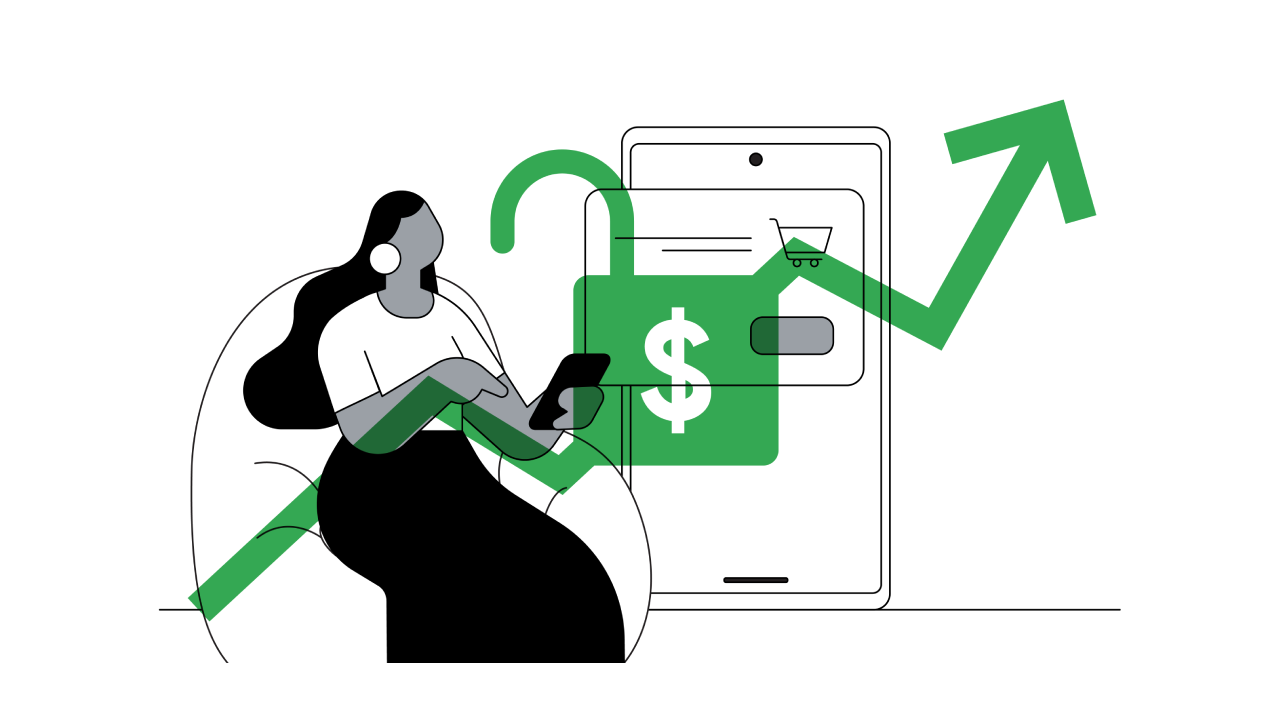In 2020, the world changed faster than brands could keep up. Shutdowns and social distancing made digital adoption a top priority, and they accelerated a shift toward online video as a space for people to connect. Some brands have been quick to take hold of these opportunities, adapting their video marketing strategy and media approach to break boundaries and reach people where they are most engaged.
YouTube Works celebrates the crème de la crème of these campaigns. From the heartwarming to the heart-racing and everything in between, the awards showcase the most creative and effective digital video content that drove brand loyalty and moved people to action. The best campaigns withstood the whirlwind of change by harnessing the enduring power of culture. They told timely, resonant stories that influenced consumer decisions about brands from on screen to the marketplace.
Here are five essential video marketing tips from the recent WARC report on YouTube Works, which will help brands level up their video marketing strategy at the speed of culture.
1. Subcultures are dominating the mainstream
Across Asia, new subcultures are gaining widespread popularity. The Korean Wave, in particular, is a subculture that has fast dominated the mainstream, not least with the recent global fame of the Korean drama “Squid Game.” It comes as no surprise, then, that brands across Asia are riding the K-Wave to engage the public.
The Korean Wave is a widely popular subculture and brands across Asia are using it to engage people.
One example is Kleenex Viva Taiwan. Its “Dear! Throw it Away” campaign for disposable paper towels borrowed storytelling features from Korean dramas. The campaign’s music was inspired by K-drama original soundtracks, it employed the genre’s use of slow motion for dramatic effect, and the Taiwanese Hokkien voiceover was purposely made to sound Korean.
The K-Wave subculture references in the campaign were further combined with the style of Taiwanese soap operas to ensure the video connected with the Taiwanese audience and drove home the irresistible functionality of the brand’s disposable paper towel. The campaign, which ran on YouTube TrueView in-stream ads in late 2020, achieved over 2.5 million views within three weeks of the campaign launch and enjoyed 1.5X sales growth in the first quarter of 2021.
By keeping a finger on the pulse of popular subcultures, you can find creative ways to make your brand stand out and resonate with people.
2. Technology can give traditional cultures a digital facelift
Pandemic restrictions on social gatherings have made it difficult for people to observe traditions in their community. Digital technology and global platform channels, however, have made it possible to reimagine festive traditions and to give cultural practices a digital facelift.
Mondelez India redefined Diwali gifting with its “This is not just a Cadbury ad” campaign. The brand used artificial intelligence (AI) and YouTube’s advanced contextual targeting to produce thousands of AI-generated custom ads that shone the spotlight on 1,800 local retailers who sold everything from Cadbury chocolates to jewelry and traditional clothing. The aim: to encourage people making Diwali purchases to support the small retailers in their community who have been affected by the pandemic. The campaign reached more than 20 million unique users across India and resulted in 32% business growth for Cadbury.

To win over hearts, brands can explore the interplay between culture and technology and uncover ideas for reimagining traditions and connecting meaningfully with audiences.
3. Humor is a universal superpower
Humor is a powerful creative tool that entertains and offers people a moment of escape. Ads that appeal to positive emotions such as inspiration or amusement help build positive emotional connections between brands and audiences. From the absurd to the irreverent and slapstick, many forms and styles of humor have proved effective for brands.
For RC Cola Philippines, absurdist humor was the superpower it leveraged to connect with a wide audience that embraces the “basta” (whatever) culture. Its Basta campaign starts out as a sentimental story and ends with a boy’s mother removing her head to reveal that she is made of RC Cola. The brand’s unconventional thinking and boldness to experiment and push the boundaries of Pinoy humor enabled it to resonate with a wide audience. The campaign saw 5.77 million views on YouTube, contributing to a 67% increase in sales of RC Cola Mega.

Don’t shy away from incorporating various forms of humor into your campaigns. Give your audience a reason to laugh. Find out what tickles your audience’s funny bone and identify what works for your brand to unlock an emotional resonance with people.
4. Creators can help unlock a new dimension of engagement
When it comes to building engagement and forging relationships with audiences, creators are experts in this area. They create a consistent supply of fresh, relevant, and entertaining content, which helps them build engaged online communities. Brands, by partnering with creators and connecting with these communities can readily grow their customer base.
When Kellogg’s Korea decided to launch a green onion-flavored variant of its Chex Coco cereal in 2020, the brand turned to online content creators to help spread the word. After the initial launch of a six-second promotional video, popular lifestyle YouTube creators such as Bogyeom, Dick Hunter, and Edmmer voluntarily uploaded reviews of the green onion-flavored Chex, leading to immense buzz around the brand and its unique flavor. The limited-edition green onion-flavored Chex sold out in two weeks, total sales for Chex Coco products doubled in growth, and Kellogg’s Korea’s market share increased from 10% to 17%.
When it comes to experimenting with creators, Josy Paul, chairman and chief creative officer at BBDO India, says: “Collaboration with YouTube stars is at a nascent stage, but we’ll soon see this explode as more and more marketers see the value of the more intimate influence it brings.”
Making collaborations with creators a part of your long-term marketing strategy is a good way to leverage the power of their communities and elevate your brand’s value in meaningful ways. Your brand can collaborate with creators to crowdsource opinions on new products and offer audiences new ways to learn about your products and services.
5. Mobilize brand belief through action
In APAC, people are 7.9X more likely to purchase from a brand with strong beliefs, so it pays for brands to act on their beliefs and inspire people.
Nike Japan, for one, holds the view that sports don’t change the world, they change us, and this aligns with Nike’s global brand purpose of breaking barriers and building communities through sports. Based on this local insight and corresponding market research, it found that only 45% of youth in Japan have the courage to stand up against bullying. So it launched a campaign that showed how three girls overcame experiences of being bullied and regained their confidence by playing soccer. The power of the brand’s belief, put into action, captured global attention and spurred a nationwide discussion on the topic.
Brands that spotlight underserved communities or champion a cause can generate an enormous amount of brand love and brand preference from audiences. However, when articulating a brand’s belief, it’s important to do so with tact and sensitivity and to be acutely aware of the local cultural context.
On the power that brand campaigns have to spread positivity, Kaori Yatsu, head of planning at BBDO Japan, says: “Amidst gloomy news from around the world and the uncertainty of what the future holds, I believe that many people have been saved by the positive messages sent out not only by companies but also by YouTube creators and individuals…messages of ‘ganbarou’ (hang in there) but also of sharing pain and anxiety and trying to be as positive as possible.”
Brands that want to connect meaningfully with audiences and drive business results should lean into cultural levers, content creators, and brand purpose. When creating your next online video campaign, apply these lessons from our YouTube Works report and build your brand with campaigns that are culturally relevant, resonant, and impactful.








